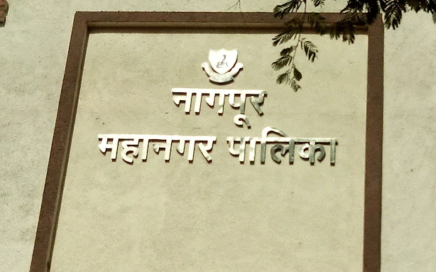Nagpur: Following the recent aircraft accident at Ahmedabad airport, concerns have resurfaced regarding high-rise buildings near Dr. Babasaheb Ambedkar International Airport in Nagpur that may pose a risk to aircraft operations.
Over 500 aircraft pass through the radar system at Nagpur airport daily, with more than 20 flight arrivals and departures recorded every day. Despite frequent VIP movements and heavy air traffic, it has come to light that 183 buildings located near the airport could potentially obstruct aircraft flight paths.
Nagpur Airport is currently managed by the Maharashtra Airport Development Company (MADC), and operations are slated to be taken over by GMR Group. Although the company won a legal battle for airport operations, the transfer is yet to take place, and progress has stalled.
Initially, 205 buildings in the vicinity were identified as obstructions. The Airports Authority of India (AAI) issued notices to the owners of these structures. Of these, 22 buildings have since been cleared or modified to remove the obstruction. However, the remaining 183 building owners have failed to respond to the notices, ignoring safety warnings. This information surfaced through a Right to Information (RTI) query.
The issue has once again sparked public concern after a recent incident in Ahmedabad, where an aircraft crashed into a building just 30 seconds after takeoff.
Buildings within the impact zone
The impact zone of the airport extends up to 20 kilometres from Dr. Babasaheb Ambedkar International Airport. Construction within this zone is subject to height restrictions. As per regulations, builders must obtain a No Objection Certificate (NOC) from the Airports Authority of India before receiving building permits from local planning authorities.
Nagpur Airport has a runway measuring 3,200 x 60 metres. A provision of Rs 58 crore has been made for runway development, of which Rs 43 crore has already been sanctioned by AAI. A separate expansion project worth Rs 7 crore is also planned, which will be executed in four phases and include the construction of two runways to boost capacity.
















